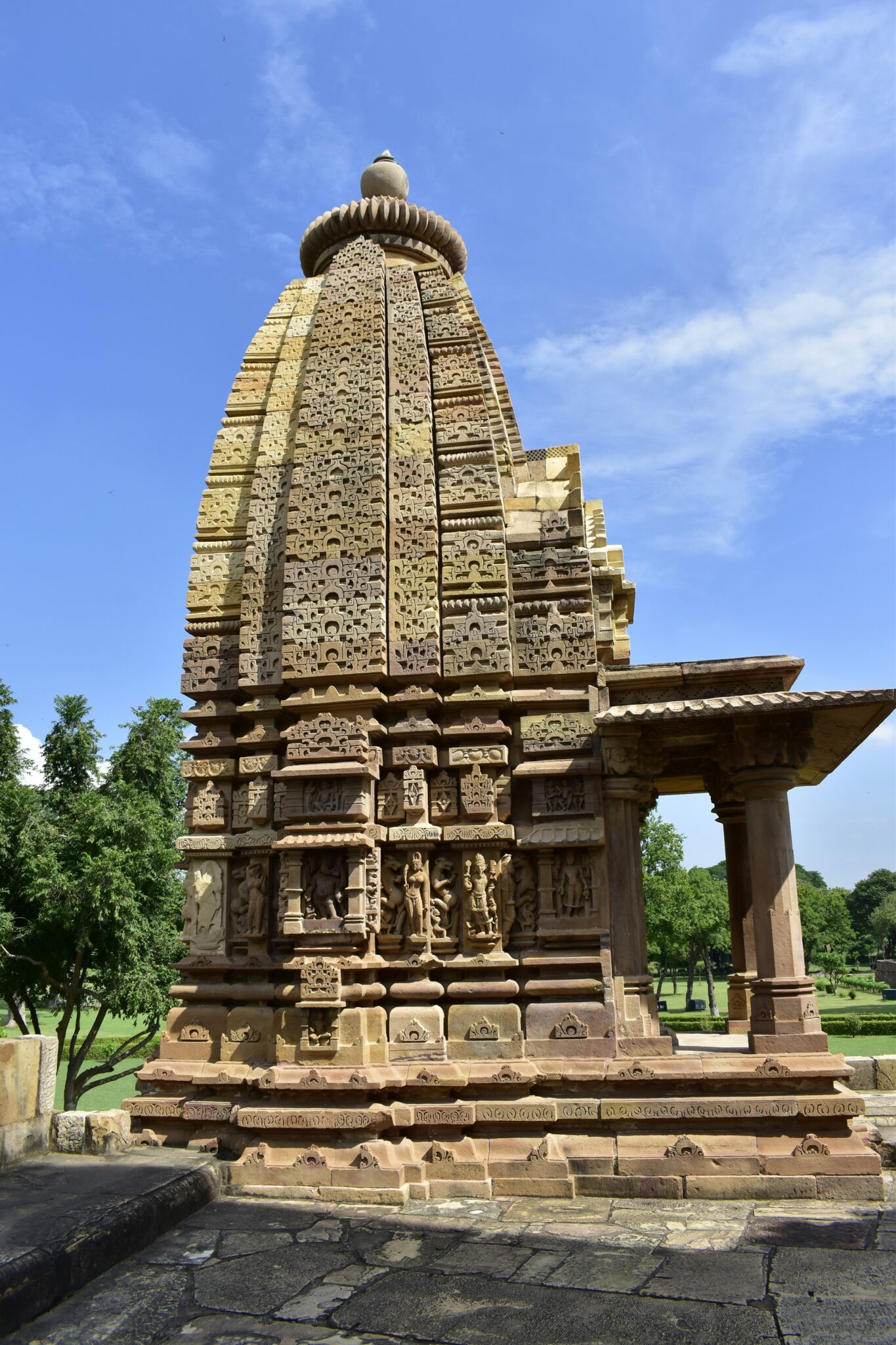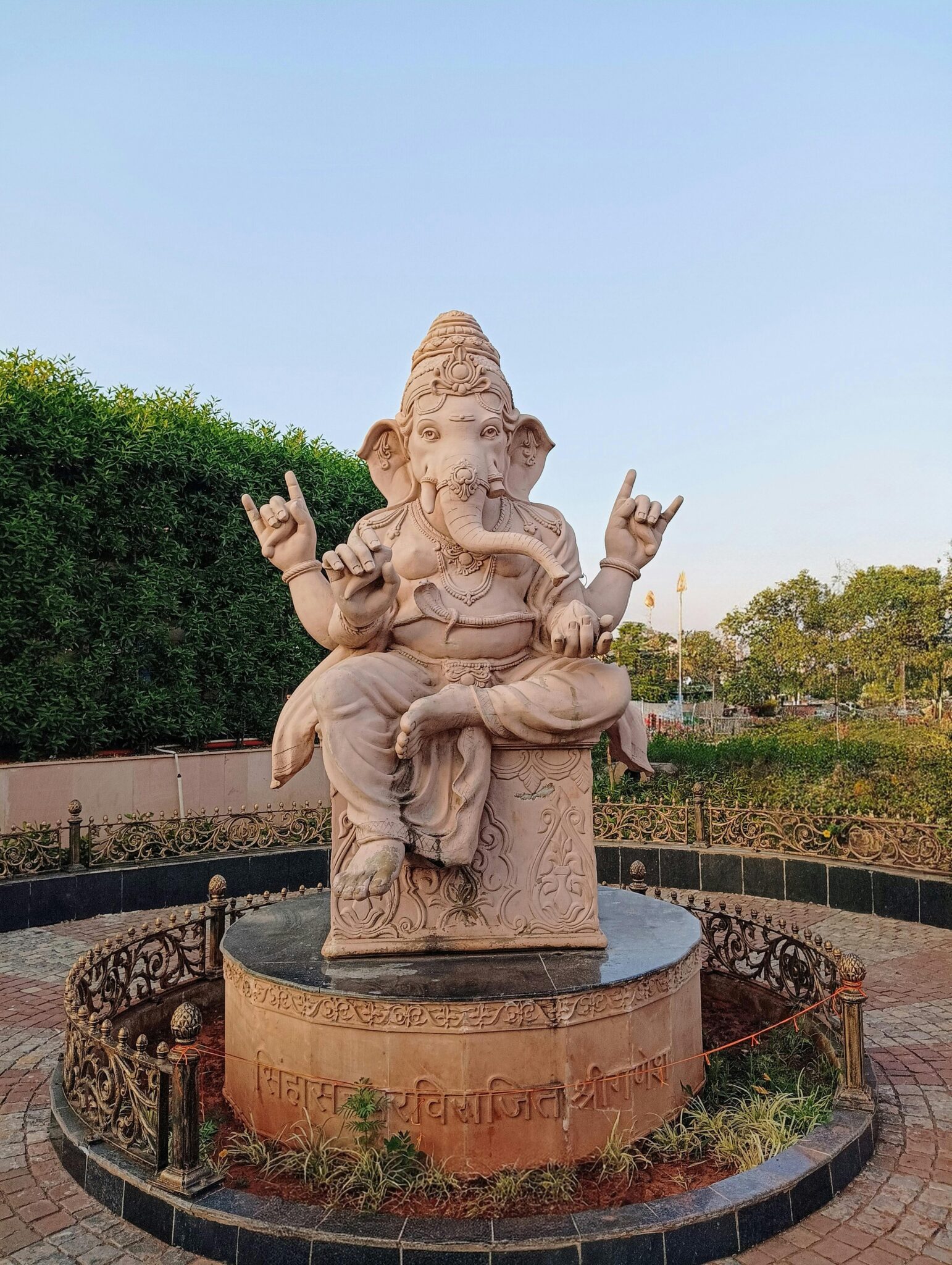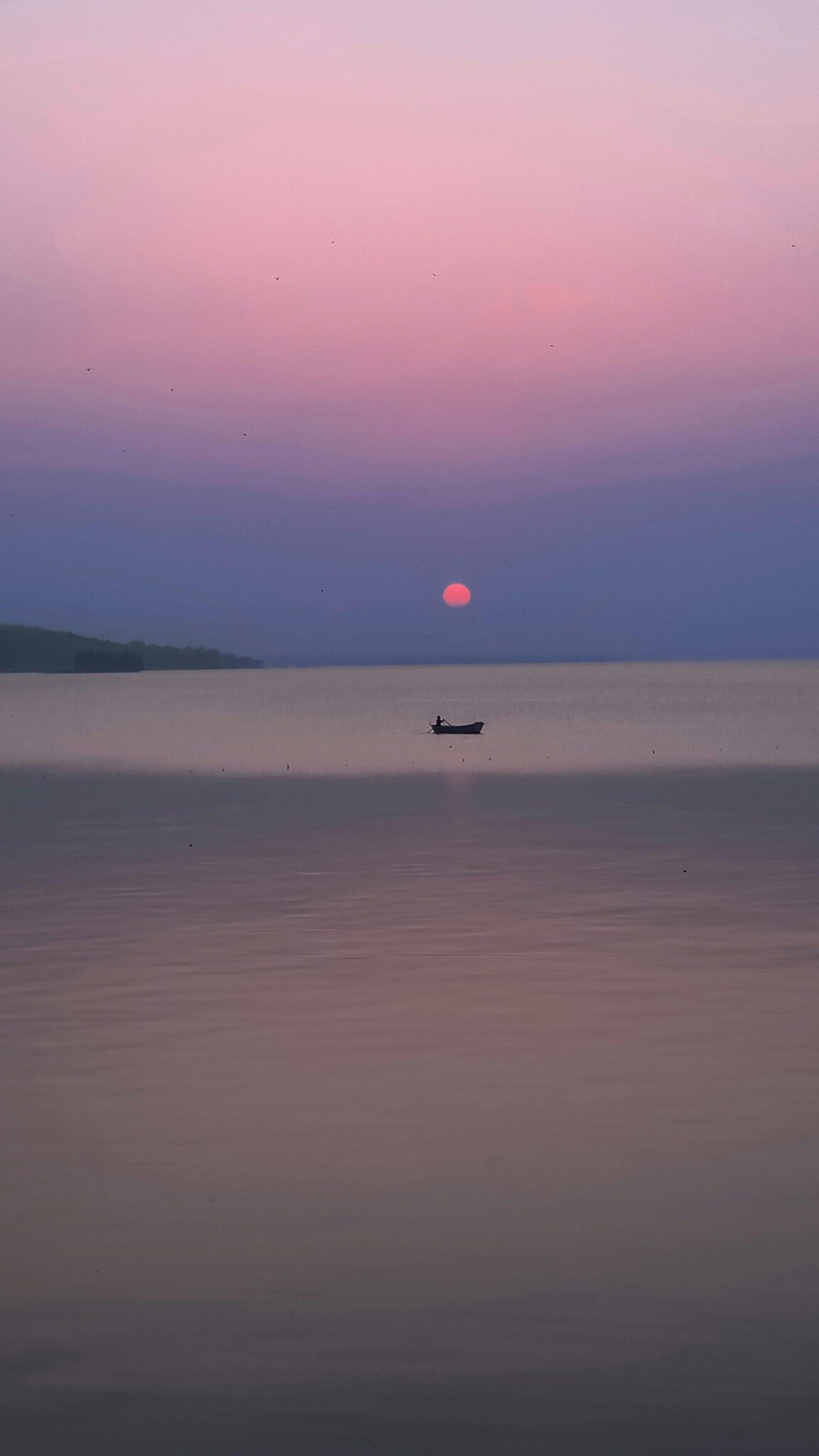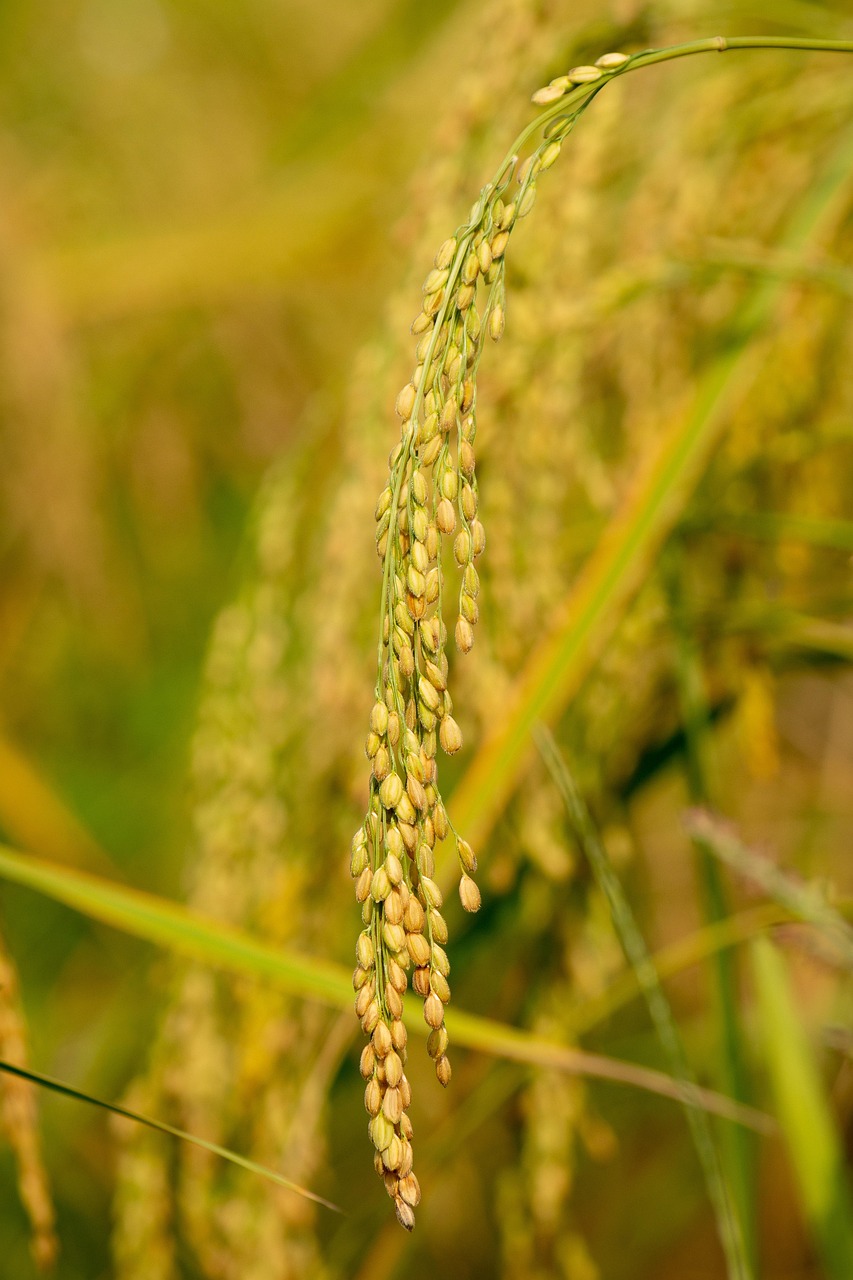Exploring the Timeless Beauty of Khajuraho Monuments
Introduction: Khajuraho – A Legacy of Divine Art and Architecture
The Khajuraho Monuments, located in Chhatarpur district of Madhya Pradesh, are a UNESCO World Heritage Site famous for their stunning temples dedicated to Hinduism and Jainism. Situated approximately 175 kilometers from Jhansi, 9 kilometers from Khajwa, 49 kilometers from Chhatarpur, and near Rajnagar, the temples are a testament to ancient Indian architecture and religious symbolism.
Historical Significance and Architectural Grandeur
Built between 885 CE and 1000 CE during the Chandela dynasty, Khajuraho was originally home to 85 temples spread over an area of about 20 square kilometers. Today, around 25 temples have survived, with the Kandariya Mahadeva Temple being the most renowned.
Erotic Sculptures and Symbolism
Among the Khajuraho temples, a few feature erotic sculptures, which are often interpreted as symbolic of life’s vitality and spiritual transcendence. These carvings, along with the overall expressiveness and intricate details of the architecture, offer a profound insight into ancient Indian philosophy, culture, and beliefs.
Rediscovery and Modern Recognition
For centuries, the temples remained forgotten in the jungle, hidden from the world. It wasn’t until 1838, when the British came across the temples’ remnants, and the findings were published in the Journal of the Asiatic Society of Bengal, that the world began to rediscover their magnificence.
Conclusion: The Timeless Wonder of Khajuraho
Khajuraho stands as a symbol of India’s rich artistic and architectural heritage. The temples, with their historical significance and extraordinary sculptures, continue to inspire awe and fascination. The site remains a must-visit for those seeking to explore the grandeur of ancient Indian civilization and its rich cultural tapestry.
– Your Next Adventure Awaits!
Exploring the Sacred and Historic City of Ujjain
Introduction: Ujjain – A Sacred Pilgrimage Hub
Ujjain, also known as Ujjayinī, is the fifth-largest city in Madhya Pradesh, India, and a significant center of Hindu pilgrimage. Famous for its rich history, Ujjain is most renowned for hosting the Kumbh Mela every 12 years, attracting millions of devotees. The city is also home to the revered Mahakaleshwar Jyotirlinga, one of the 12 sacred Jyotirlingas dedicated to Lord Shiva.
Historical Significance: A Center of Trade and Politics
Ujjain has been a prominent political and trade center since ancient times, particularly during the era of the Mahājanapadas. Ujjain was once the capital of the Avanti kingdom and later briefly served as the capital of the Scindia state within the Maratha Confederacy before the city of Indore was developed as an alternative capital.
Pilgrimage and Spiritual Importance
Ujjain continues to be an essential pilgrimage site for Hindus, especially for Vaishnavites, and is often referred to as the ‘Mokshadayini city’ for the spiritual benefits of bathing in the holy Shipra River. This river holds great religious significance, ranking among the sacred rivers of India such as the Kaveri, Narmada, Godavari, and Krishna.
Conclusion: Ujjain – A Timeless Spiritual Center
Ujjain’s rich historical legacy, religious significance, and association with ancient traditions make it a pivotal location for both spiritual seekers and history enthusiasts. With its temples, sacred river, and cultural heritage, Ujjain remains one of the most important and revered cities in India.
– Your Next Adventure Awaits!
Exploring the City of Lakes: Bhopal
Introduction: Bhopal – A Green City with Rich History
Bhopal, the capital city of Madhya Pradesh, is known as the “City of Lakes” due to its numerous natural and artificial lakes that surround the city. It is also regarded as one of the greenest cities in India. Bhopal, with its historical charm and natural beauty, stands as the 16th largest city in India and is an important administrative hub in the state.
Historical Significance and Formation
Bhopal’s roots go back to 1707, when it was part of the former Bhopal State under the rule of the Nawabs of Bhopal. After India gained independence on August 15, 1947, Bhopal became one of the last princely states to sign the “Instrument of Accession” and officially joined the Indian Union on May 1, 1949. Prior to the formation of Madhya Pradesh, Bhopal was part of Sehore district, but in 1972, it was made its own district and division.
Cultural Heritage and Refugees
Bhopal has a rich cultural heritage that includes a blend of Islamic and Hindu traditions. The city was also home to many Sindhi refugees who were accommodated in the western suburb of Bairagarh after the partition of India in 1947. The legacy of these communities continues to shape the city’s vibrant culture and economy.
Conclusion: Bhopal – A Blend of Nature and History
Bhopal is a city where history, nature, and modernity coexist harmoniously. Known for its lakes, green spaces, and historical landmarks, it is a unique destination that offers both cultural depth and natural beauty. Whether you’re exploring its historical sites or enjoying its serene lakes, Bhopal is a city worth experiencing.
– Your Next Adventure Awaits!
Discovering Bandhavgarh National Park: A Wildlife Paradise
Introduction: Bandhavgarh – A Haven for Tigers
Bandhavgarh National Park, located in the Umaria district of Madhya Pradesh, is one of India’s most famous wildlife destinations. The park is part of the larger Bandhavgarh Tiger Reserve, which encompasses a total area of 1,536 km², including a 716 km² core area and a 820 km² buffer zone. Known for its significant tiger population, Bandhavgarh is a crucial conservation area and a paradise for wildlife enthusiasts.
Geography and Zoning
The park is divided into three primary zones: Tala, Magdhi, and Khitauli. These zones offer a variety of habitats, ranging from dense forests to open meadows, making the park a rich ecosystem for diverse flora and fauna. The landscape, with its varied terrain and dense vegetation, provides a perfect setting for the iconic Bengal tiger.
Historical Significance: The Bandhavgarh Fort
The park gets its name from the Bandhavgarh Fort, a historical fort that is said to have been gifted by Lord Rama to his brother Lakshmana to keep a watch on Lanka (with “Bandhav” meaning brother and “Garh” meaning fort). The fort adds a historical dimension to the park, offering visitors a glimpse into the region’s ancient past while being surrounded by the lush natural beauty of the forest.
Conclusion: A Sanctuary for Wildlife and Heritage
Bandhavgarh National Park, with its rich biodiversity, tiger population, and historical significance, stands as a testament to India’s wildlife conservation efforts. Its breathtaking landscapes and diverse wildlife make it a must-visit destination for nature lovers, wildlife photographers, and history buffs alike.
– Your Next Adventure Awaits!
Exploring Kanha Tiger Reserve: A Jewel of Central India
Introduction: Kanha – A Sanctuary for Wildlife
Kanha Tiger Reserve, also known as Kanha–Kisli National Park, is one of the largest and most renowned tiger reserves in India. Spanning an area of 940 km² (360 sq mi) across the Mandla and Balaghat districts of Madhya Pradesh, Kanha is celebrated for its significant population of Bengal tigers and its rich biodiversity. It is the largest national park in central India.
Biodiversity and Wildlife
Kanha is home to a diverse range of species, including the Bengal tiger, Indian leopard, sloth bear, barasingha (swamp deer), and dhole (wild dog). The park’s well-protected ecosystems provide a safe haven for these species, making it one of the most important wildlife reserves in the country. Kanha’s mascot, Bhoorsingh the Barasingha, symbolizes the park’s successful conservation efforts for the endangered swamp deer.
Historical and Conservation Significance
Kanha National Park was established on June 1, 1955, and was designated as a tiger reserve in 1973, marking its role in the Indian government’s Project Tiger initiative. This project has played a vital role in safeguarding the tiger population in India, with Kanha serving as one of the most successful examples of such conservation efforts.
Conclusion: A Natural Wonder and Conservation Triumph
Kanha Tiger Reserve is not only a vital sanctuary for wildlife but also a testament to India’s ongoing commitment to wildlife conservation. With its diverse ecosystems, abundant wildlife, and rich history, Kanha remains one of the most important and revered national parks in India, attracting nature lovers, photographers, and conservationists from around the world.
– Your Next Adventure Awaits!
Exploring Chhattisgarh: A Resource-Rich State of Central India
Introduction: A Landlocked Gem of Central India
Chhattisgarh is a landlocked state located in Central India, known for its rich natural resources and rapid development. Formed on November 1, 2000, when it was carved out of Madhya Pradesh, Chhattisgarh is the ninth-largest state by area. Raipur serves as the state capital and is a key hub for the state’s administrative and economic activities.
Geography and Natural Resources
Chhattisgarh is a resource-rich state, boasting the third-largest coal reserves in India. The state plays a crucial role in providing coal, electricity, and steel to the country. Additionally, Chhattisgarh is home to the third-largest forest cover in India, with over 40% of the state being covered by lush forests, making it an important ecological region.
Economic Growth and Development
Chhattisgarh is one of the fastest-developing states in India. Its growth is primarily driven by its natural resources, especially coal, along with the industries of power generation and steel production. The state is a significant contributor to the country’s energy needs and is steadily expanding its infrastructure and industries.
Conclusion: A State on the Rise
Chhattisgarh, with its abundant natural resources and thriving industries, stands as a key player in India’s economy. Its strategic importance as a major producer of coal and steel, combined with its vast forest cover, positions it as one of the most resource-rich states in the country. As the state continues to develop, it is poised to contribute significantly to India’s growth in the years to come.






